You could consider it a ‘Finding Nemo’ aftereffect, but that would not be entirely true. Children have always held a curious fascination towards marine life, and are overwhelmed by the world that’s under the ground!
It could be because the realm underneath is so different from what’s above the ground, or it’s because there’s a rainbow down there as well, or maybe I’m getting poetic.
To fuel this curiosity, I have brought to you 20 super interesting aquatic animals facts for kids that your little one will love.
Oysters actively engage in gender swapping!
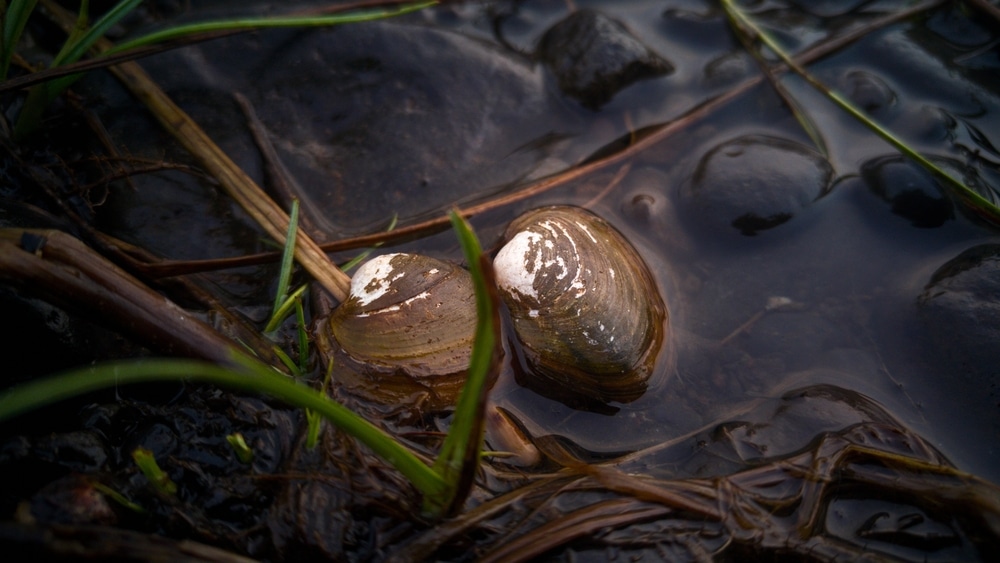
It’s true. They can switch from one gender at a given time to another. The switch depends on which is most suitable for mating at that point. Oysters typically start as males and end as females. Another interesting oyster fact is that this marine animal is shaped by the bed it attaches itself onto! It sticks to the surface occupied by a group of oysters (which is known as bed) and continues to form around it.
In the entire marine ecosystem, male seahorses are the only creatures that give birth to offspring and nurture them!
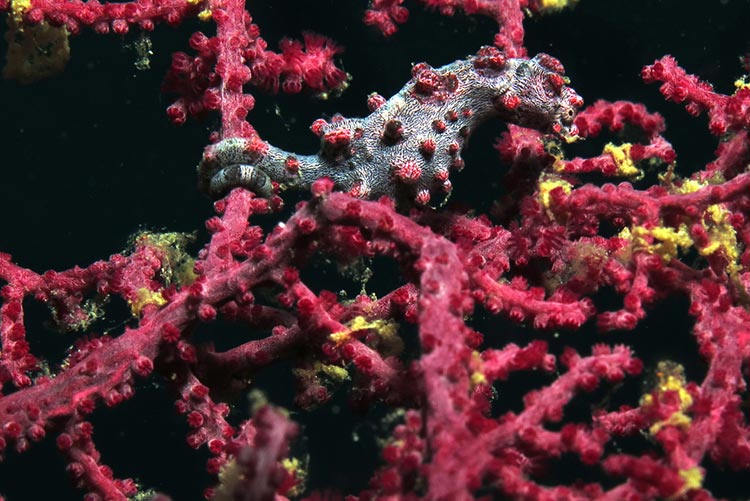
This happens during the process of mating when the female seahorse releases up to 50 eggs into the male seahorse’s pouch. This pouch is then cared for by the male until the eggs hatch and miniature seahorses are released into the water. The number of newborn miniature seahorses could range from 5 to 1500!
It is a known fact that shrimps are delicious! But, did you know that there are more than 2,000 different species of shrimps around the world?
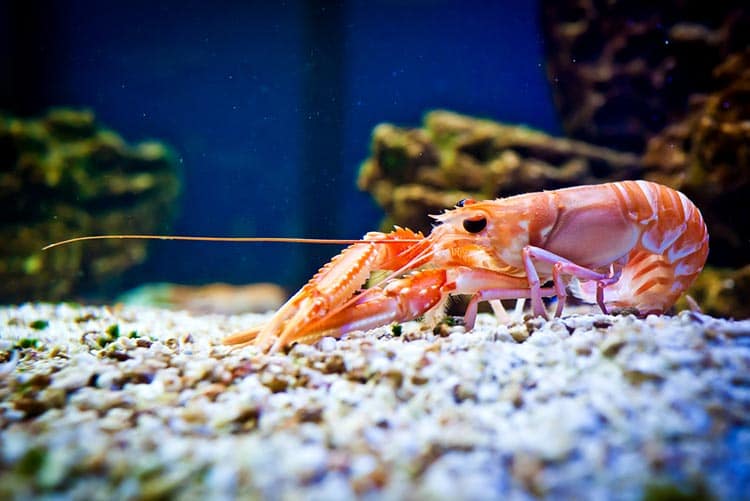
Every single marine niche is home to a different shrimp species, from the tropics all the way to the Antarctic Ocean. How cool is that? Another mind-boggling shrimp fact I came across was that their hearts are actually in their heads. Fascinating, right?
Typically found in the sea, sponges are the simplest marine animals out there!
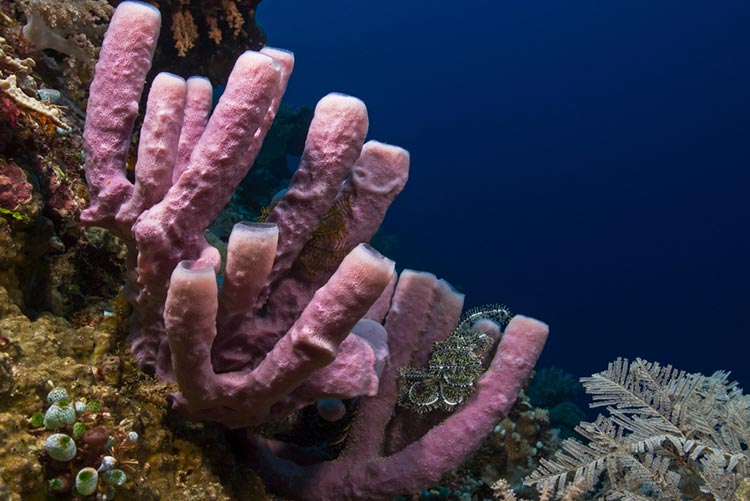
This species does not have eyes, heads, tails, mouths, or brains. Yet, they are alive! Most of their lives are spent staying rooted in one spot. Their bodies are covered with pores and sea sponges use these to pump water and filter out food particles!
The magnificent sea turtles can be found in almost every ocean basin in all of the world.
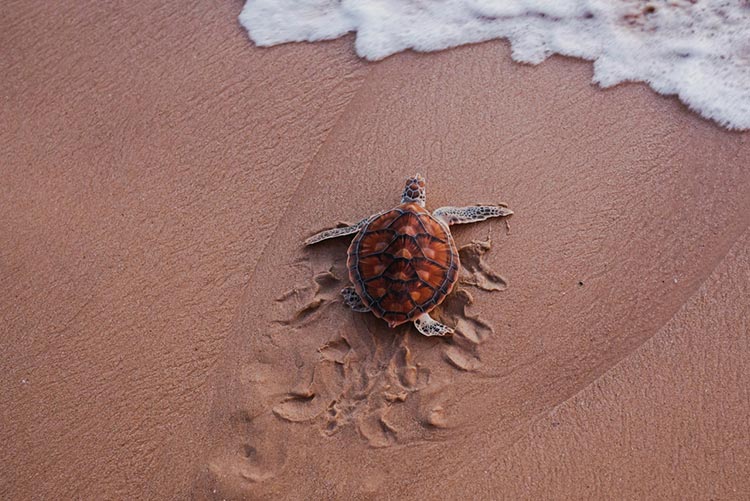
These beautiful reptiles sometimes cross whole oceans in search of food! They frequently nest on tropical and subtropical beaches and some Leatherbacks (a sea turtle species) can withstand the coldest of cold temperatures (as low as 30 F).
Jellyfish have lived for more than 650 million years, outdating dinosaurs and sharks!
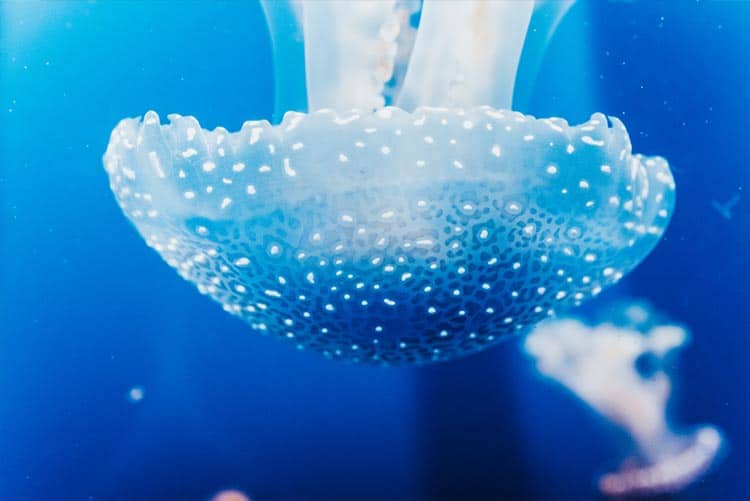
Pulsing through the currents of the ocean, these jelly-like, slimy creatures are a sight to behold and can be found in water both warm and cold, shallow and deep, and even in coastlines. The species comes in exciting, vibrant colours and they are bioluminescent, which means they are capable of producing their own light.
A single electric eel is known to generate enough electricity to light up to 10 bulbs.
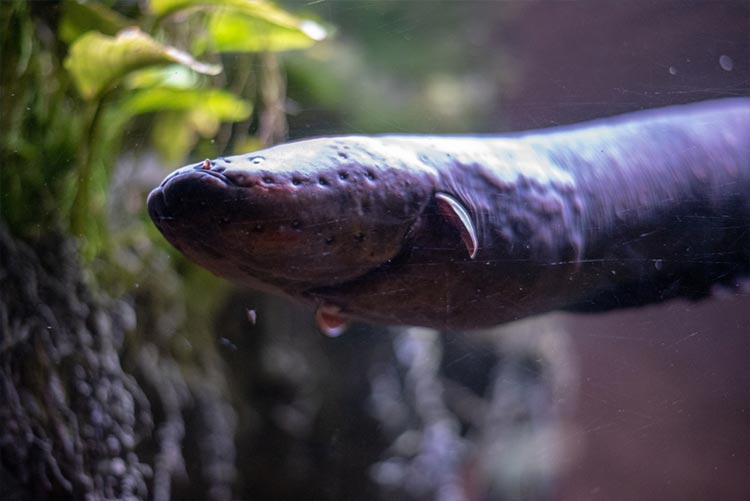
This one is my favourite aquatic animal fact! One of the marine species to not be endangered, electric eels can be found in the muddy and shallow waters of Amazon and Orinoco rivers in the South American continent. Even though they are known as eels, this particular marine animal is closer in form to a catfish as compared to common eels!
If you grew up loving Flipper, I’m pretty convinced you think of dolphins as the most adorable creatures of the sea!
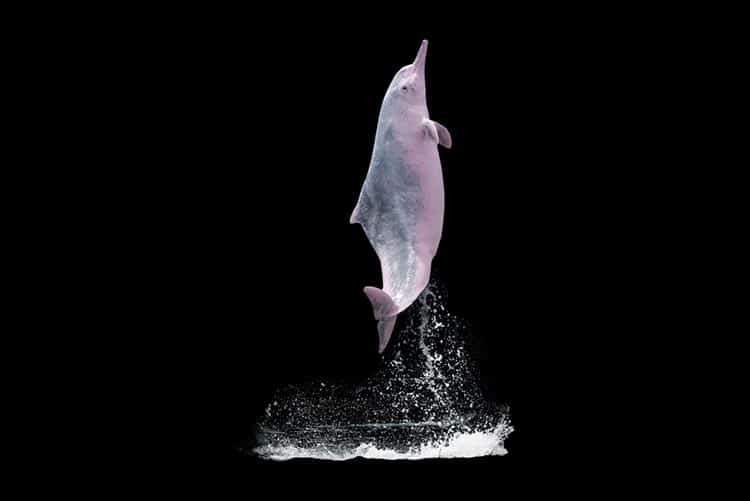
As loveable as they are, they are also highly intelligent beings and research validates that dolphins are as smart as apes. The evolution of dolphins’ larger brains is remarkably similar to that of humans’! Considered to be highly social beings, dolphins swim around in groups, hunting and playing together!
Octopus – the famous ocean creature is widely popular for its bulbous head and eight arms!
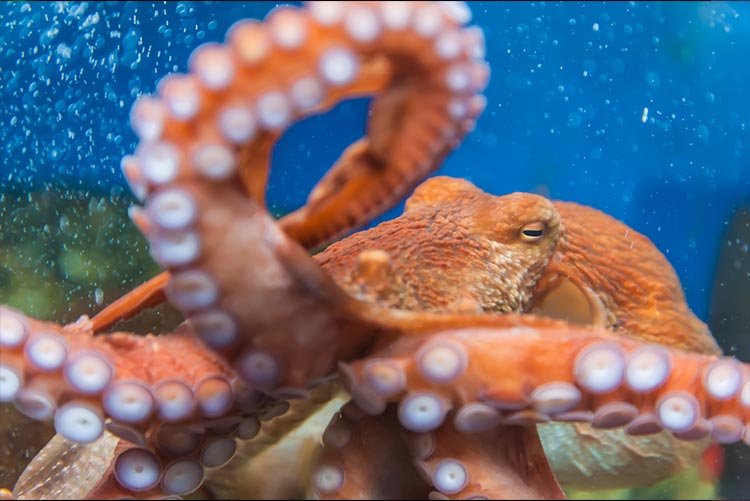
I’m sure you knew that already, but did you also know that these creatures have blue blood and THREE hearts?! These surprisingly intelligent beings have been seen making use of tools and they squirt ink in the water to deter predators! Having no bones, octopuses have all the mobility in the world, squeezing in and out of tight spaces with absolutely no difficulty.
Blue whales are the largest living animals in the world, surpassing all land and marine creatures.
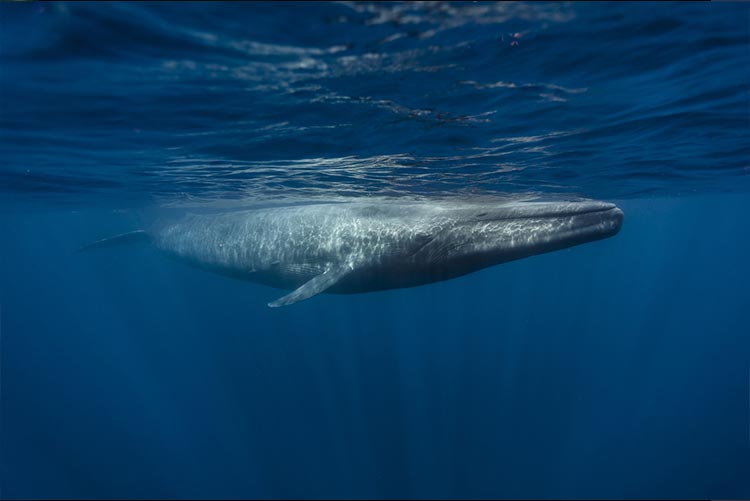
As long as three school buses and almost as heavy as fifteen, blue whales have outsized dinosaurs by a large measure. The whale’s marine habitat is what contributes to its enormous size, and the ocean offers ample space for it to grow while eliminating one of the most significant factors that typically hinders animal growth – Gravity! The ocean’s buoyancy spares the blue whale this limitation and allows it to grow into an enormous size.
These are some of my kids’ favourite aquatic animal facts (yes, I enlisted their help with this one). Let me know if you could incite a couple of giggles and ‘Woah’s from your kids with these facts!








